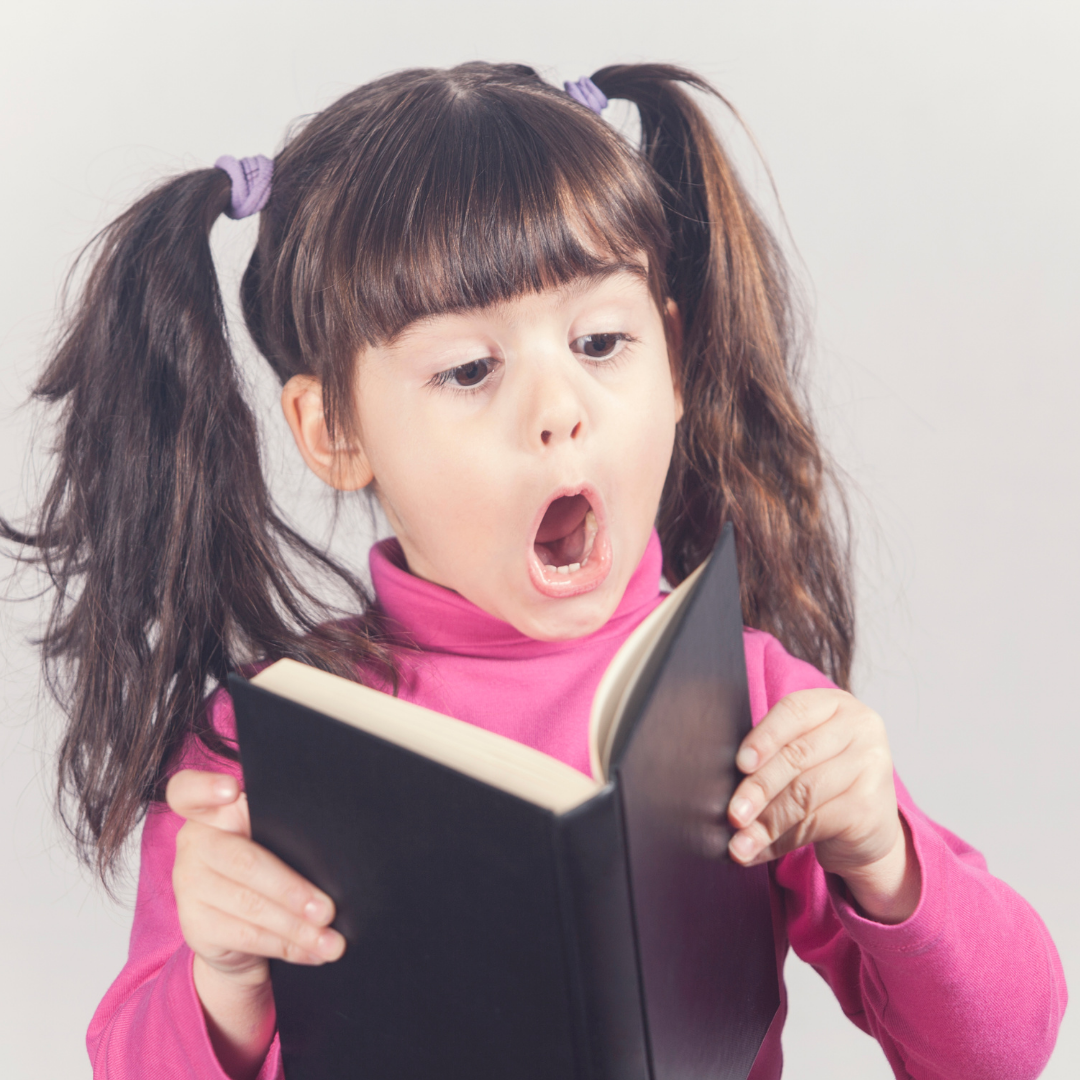

It’s me again! I just can’t stop talking about reading andI wanted to tell you guys a little bit more about the different components that go into comprehension in our reading formula. Last blog post on literacy I talked about the reading formula and how it is comprised of comprehension and decoding which then gives us reading. Next blog post I will talk a little bit more about decoding, but for this blog post I wanted to focus in on our comprehension.
First let’s define it. Comprehension is the ability to draw meaning from what is read and building a “mental model” or the text in your head. It is made up of four different parts:
Vocabulary is the building blocks for being able to construct this metal model, and ironically it is the first piece in the comprehension component of our reading formula. These are the words we must understand both individually and how we put them all together to formulate more complex message.
Grammar is the second component. Traditional elements of story grammar include the setting, characters, plot, and conclusion. This includes things like syntax, semantics, metaphors, and so much more!
Understanding narrative is also critically important for your child’s comprehension. Narrative is the ability to understand and produce extended conversation that describes real or fictional events that occur in the past, present, or future. And guess what, your child’s early narrative abilities predict their later ability in reading comprehension!
As early as three years old your child should begin the portion of comprehension known as inferencing. The most basic way to think about this for children has they are experiencing reading is to PREDICT! Can your child make an educated guess about what might come next in a story?
Now that you now what goes into understanding the words and ideas that are written, tune in next time for a deeper dive into the more well known portion of the reading formula, the decoding!
-Kasey